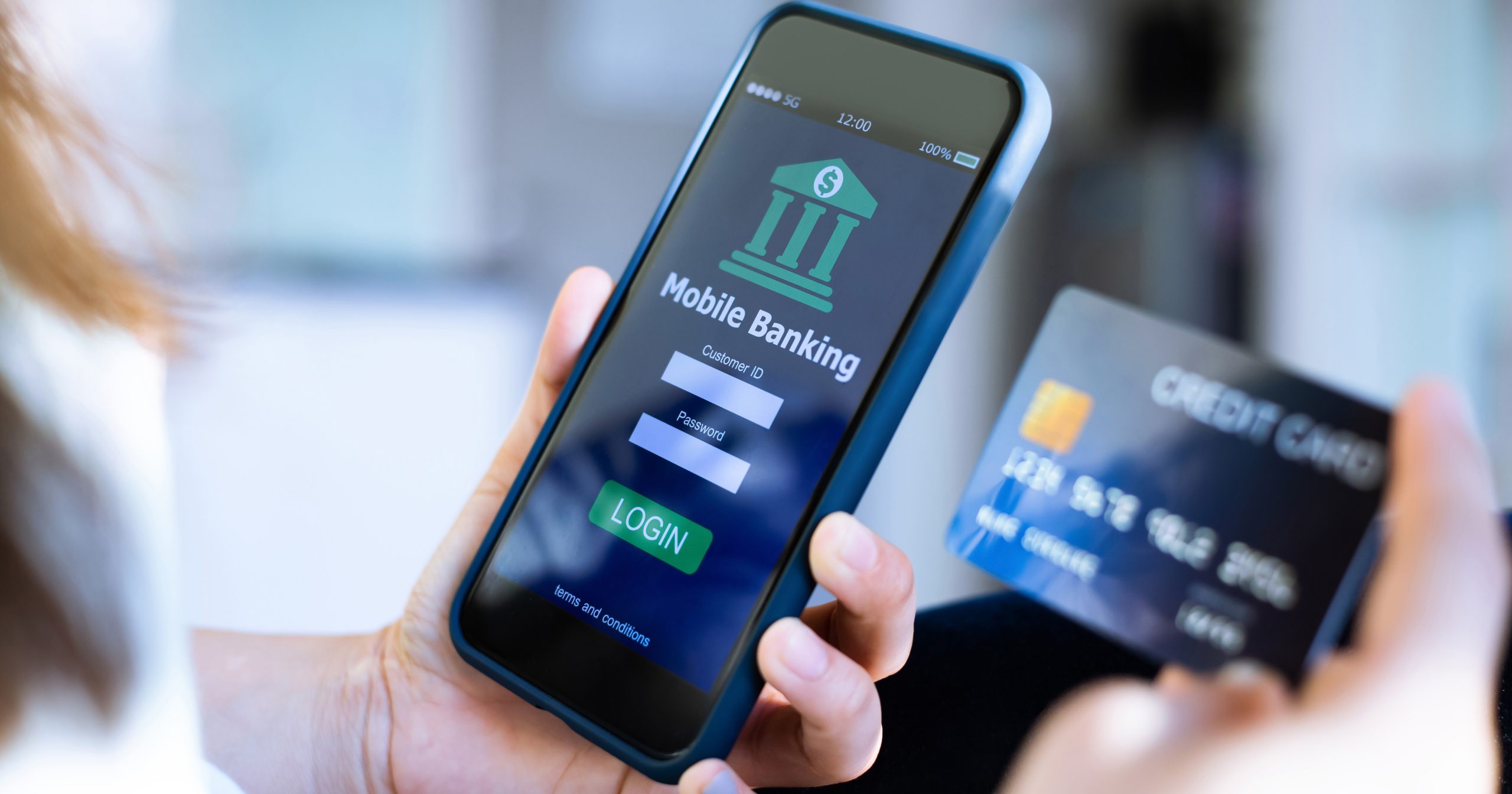Are you tired of waiting in long lines at the bank, dealing with endless paperwork and confusing financial jargon? Say goodbye to those days and hello to the convenience of online banking. In today’s digital age, managing your finances has become much easier thanks to technology. Online banking has revolutionized the way we handle our money by allowing us access to our accounts 24/7 from anywhere in the world. With just a few clicks, you can check your balance, transfer funds, pay bills and even apply for loans without ever leaving your home. In this blog post, we’ll explore how online banking is changing the way we manage our finances and discuss its advantages and disadvantages as well as tips on how to use it safely.
Online Banking Defined
Online banking, also known as internet banking, is a type of financial service that allows customers to access their accounts and conduct various transactions through the internet. It eliminates the need for physical visits to banks or ATMs and provides convenience to users who have busy schedules.
Instead of waiting in line at a bank branch during business hours, online banking enables account holders to manage their finances on-the-go from anywhere with an internet connection. This means you can view your account balance, transfer money between accounts or pay bills without leaving your home.
Online banking platforms are usually accessible via web browsers or mobile apps provided by banks and other financial institutions. Through these digital channels, customers can check their transaction history, set up automatic payments and alerts, apply for loans and credit cards as well as update personal information.
In summary, online banking is a modern way of handling financial transactions that offers flexibility and convenience while reducing traditional paperwork hassles.
The History of Online Banking
The history of online banking dates back to the early 1980s when banks started experimenting with offering their customers access to account information via a computer. At first, this was done through proprietary systems that required specialized hardware and software.
The first true online banking service was launched in 1994 by Stanford Federal Credit Union. It allowed its members to view their accounts and transfer funds between them using a web browser. This marked the beginning of a new era in banking as more and more institutions began offering similar services.
As technology advanced, so did online banking capabilities. In the late 1990s and early 2000s, banks began adding features like bill payment, mobile apps, and remote check depositing to make managing finances even easier for their customers.
Today, online banking has become an essential part of many people’s lives. With easy access from computers or mobile devices anytime anywhere, it has transformed how we manage our finances. As technology continues to evolve rapidly, there is no doubt that online banking will continue changing too – making it more convenient than ever before!
The Advantages of Online Banking
Online banking has become increasingly popular in recent years, and for good reason. There are several advantages to using online banking that make it a convenient and efficient way to manage your finances.
Firstly, online banking allows you to access your account information at any time from anywhere with an internet connection. Gone are the days of waiting in long lines at the bank or rushing to get there before closing time. With online banking, all of your financial information is available right at your fingertips.
Secondly, online banking offers a wide range of services that can help you better manage your money. You can view account balances, pay bills, transfer funds between accounts and much more all within a few clicks.
Thirdly, online banks often have lower fees than traditional brick-and-mortar banks since they don’t need as many physical locations or staff members. This means that customers can save money on things like ATM fees and maintenance charges.
One major advantage of online banking is enhanced security measures such as two-factor authentication and encryption technology which makes it safer than carrying around cash or checks.
The Disadvantages of Online Banking
While there are numerous advantages to online banking, it’s important to acknowledge the potential drawbacks as well. One of the biggest concerns is security. With personal information and finances accessible online, you’re at risk for fraud or identity theft if your account becomes compromised.
Another disadvantage of online banking is that technology can sometimes fail us. If your internet connection goes down or your bank experiences a technical glitch, you may not be able to access your account or complete transactions until the problem is resolved.
Additionally, some people simply prefer in-person interactions when it comes to their finances. They may feel more comfortable discussing financial matters face-to-face with a banker rather than handling everything digitally.
Relying solely on online banking could lead to a lack of awareness about one’s financial situation. It can be tempting to set up automatic payments and forget about them without regularly checking in on spending habits and budgeting goals.
While there are certainly benefits to utilizing online banking services, it’s important for individuals to weigh both the advantages and disadvantages before fully committing to digital finance management.
How to Use Online Banking Safely
In order to fully enjoy the convenience and benefits of online banking, it’s important to take necessary precautions for safety. Here are some tips on how to use online banking safely:
1. Use a strong password: Create a unique password that is difficult to guess and includes uppercase letters, lowercase letters, numbers, and symbols.
2. Keep your login details private: Never share your username or password with anyone. Make sure you log out every time after using online banking.
3. Check for security features: Always ensure that the website is secure by checking for “https” in the URL and a lock symbol in the address bar.
4. Monitor account activity regularly: Keep an eye on all transactions made through your account regularly so that any suspicious activity can be detected early.
5. Update anti-virus software: Install updated anti-virus software on your computer or mobile device to guard against potential malware attacks.
Following these simple steps will help protect your personal information while enjoying easy access to managing finances virtually anywhere at any time with online banking services!


